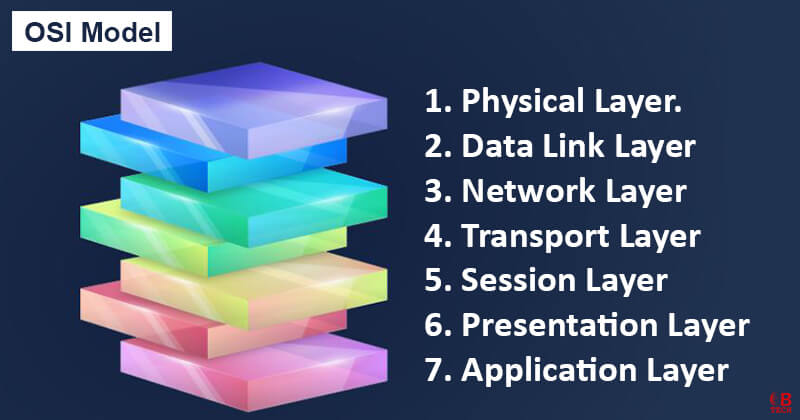Definition
A layer in object-oriented design refers to a group of classes that depend on the same modules as other modules. This means that as long as the circumstances don’t change, the components of a layer can be reused.
Essentially, the way these classes depend on each other helps to define the boundaries or distinctions between different layers in software programming.
Techbonafide Explains Layers in Software Architecture
Layers in software design function like a blueprint or plan. They are often organized in a hierarchy that resembles a tree, where each connection between the layers is called a dependency relationship. One such example is the OSI Model that consist of seven layers as shown in the image:

There are different ways these layers can depend on each other, such as through inheritance, composition and aggregation. While these are some common types of dependencies, there are also other kinds in various software architectures. This setup helps organize code in a way that makes it easier to manage and understand.



